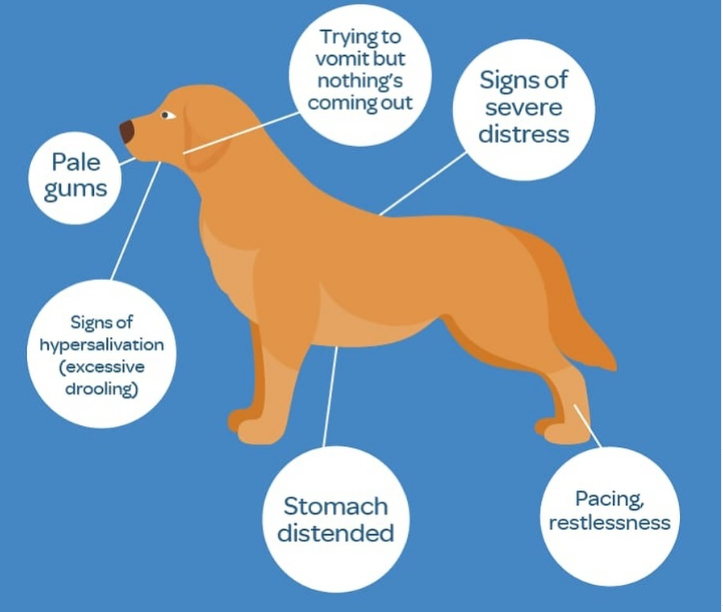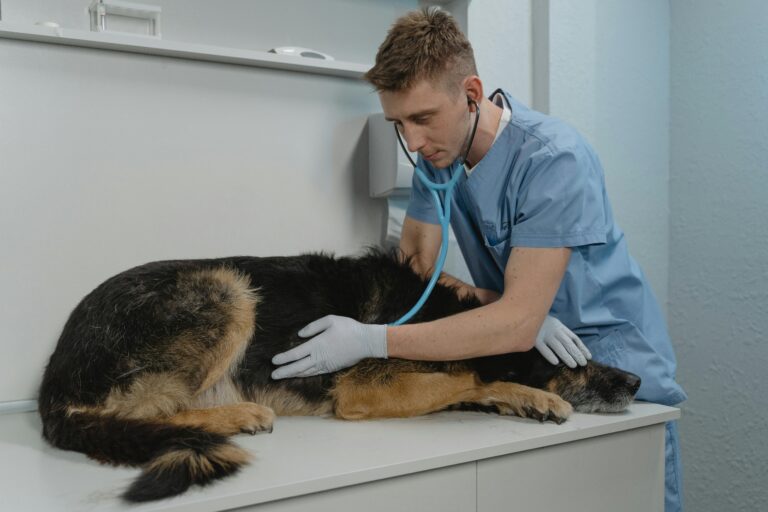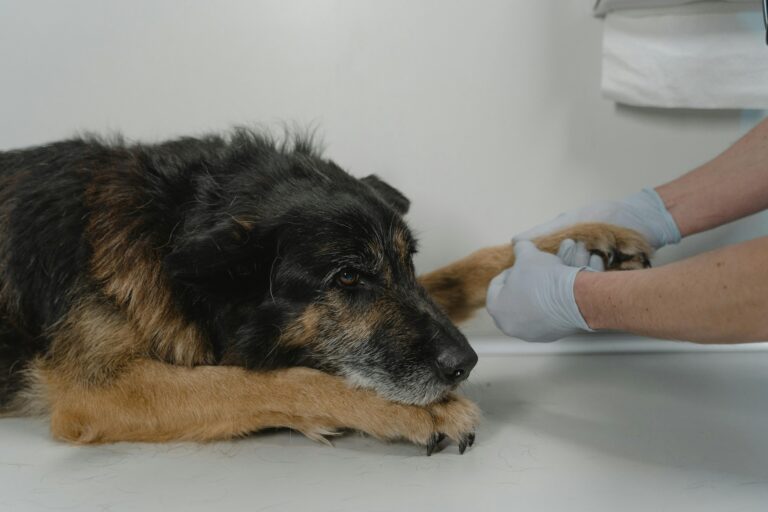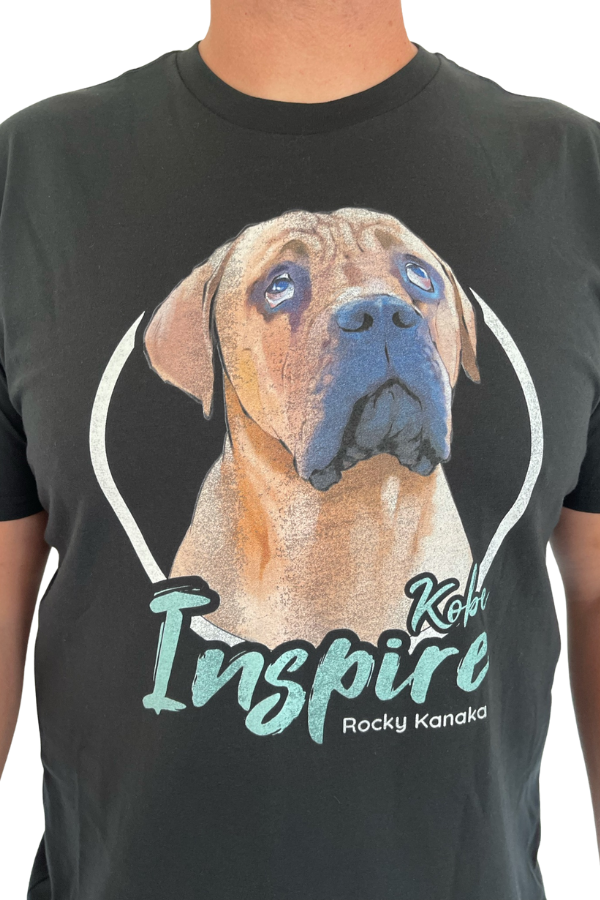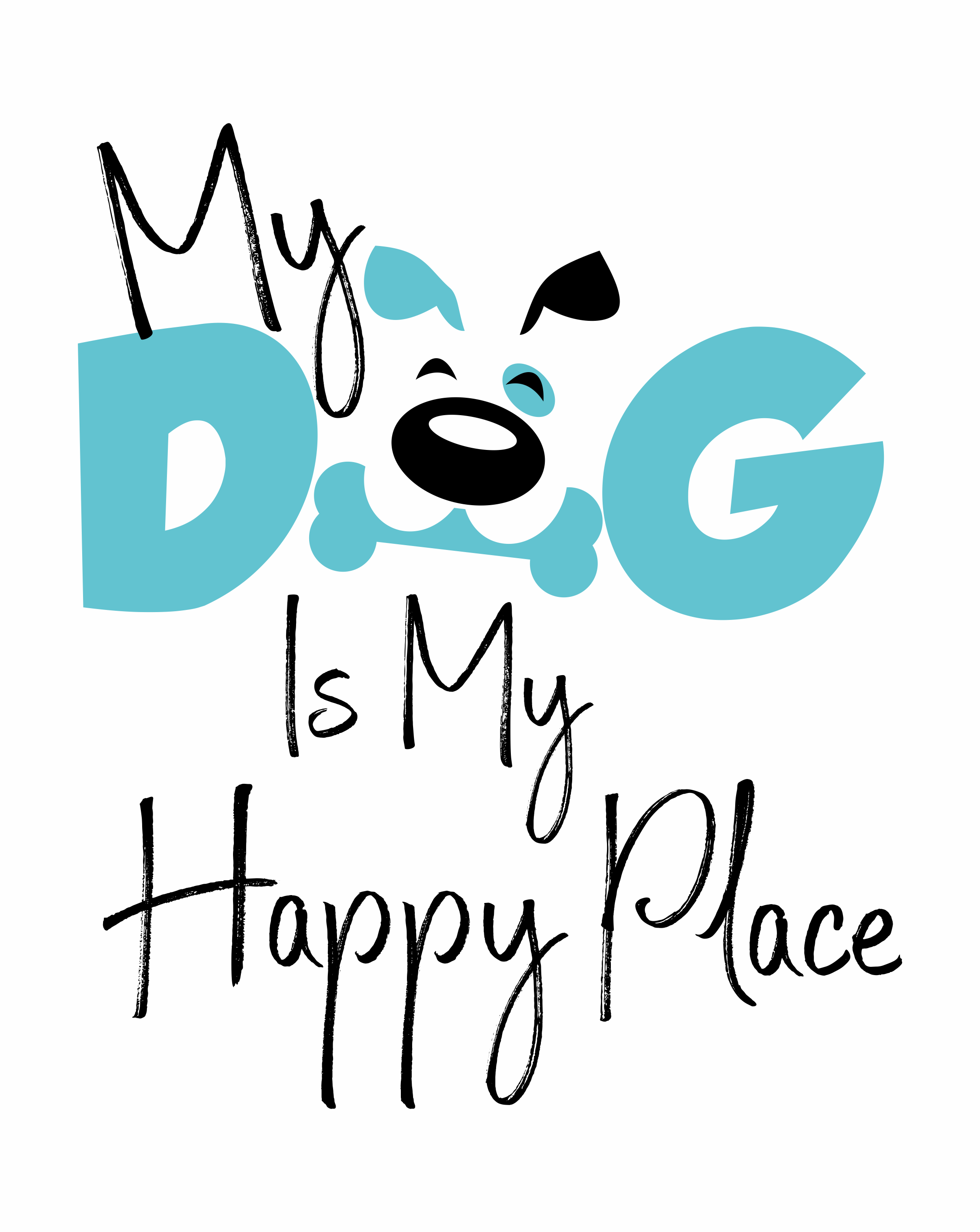Heartbreak as Malamute Dies from Bloat in Dogs – What Every Pet Parent Needs to Know
Is your furry friend among the countless dogs who drink their water so fast, leaving you impressed by how quickly they can clear their water bowl? Well, we hate to break it to you, but you should be worried. Lapping water at top speed puts your dog at risk of bloat in dogs, a painful, life-threatening condition with a pretty high mortality rate.
No one agrees with this more than one dog owner whose Alaskan Malamute succumbed to bloat after consuming too much water within a short amount of time. As revealed on her TikTok account @jessmesss, the owner shared that her dog named Zeus developed bloat minutes after drinking water too fast.

“In Zeus’s case, we went on a 10-minute walk. He was really old and had issues with his legs so I never walked him very far. He came home, and he drank a lot of water; he was very thirsty, he was tired after our walk,” Jess Shared
“Then about 20 minutes later, he started twisting his body and contorting it all weirdly. That’s when we knew that something wasn’t right. We rushed him to the emergency vet and he immediately told us he had bloat,” Jess explained in one of her videos.
Unfortunately, Zeus had to be put down because the bloat had advanced. Following his demise, Jess advised other owners to take precautions in order to prevent their dogs from developing bloat.
“Don’t let them eat or drink super fast. If you’re taking them on a walk, give them time before and after they eat or drink,” she shared.
@jessmesss123 This made me sob so hard🥲 2 years later and I think about you every single day, Zeus🐺 #dogbloat #dogbloatawareness #deepchesteddogs #restinparadise ♬ original sound – 💕 audios 💕
Bloat in Dogs: Here’s Everything You Need to Know
Bloat — scientifically known as Gastric Dilation-Volvulus (GDV) — is a potentially fatal, progressive condition that occurs when a dog’s stomach fills with air, food, or liquid and then rotates, or rather twists, on itself. This prevents the contents of the digestive process from exiting the stomach. GDV also affects blood circulation in your dog’s stomach, ultimately interfering with the normal physiological functions of the stomach.
Without prompt veterinary intervention, your dog’s distended stomach will press against the surrounding tissues and organs, restricting blood supply to these vital areas. Eventually, the limited blood flow will make your dog experience circulatory shock, multiple organ failure, and other systemic abnormalities, leading to death.
“Stomach bloat in dogs, also known as Gastric Violation and Volvulus (GDV) or “bloat” is a life-threatening condition that requires immediate emergency veterinary attention. It typically begins when the stomach fills with gas, followed by the stomach twisting on itself. This twisting can trap the gas and cut off blood flow to the stomach and other organs, explain pet health experts at the Maple Ridge Vet Hospital.
Here are a couple of quick facts about bloat gastric violation and volvulus in dogs, according to Professor Jerold S. Bell of Tufts University School of Veterinary Medicine:
- While any dog breed can develop GDV, it’s more prevalent in large or giant deep-chested breeds such as the German Shepherd, Great Dane, Saint Bernard, Doberman Pinchers, Boxers, and Standard Poodles. This is because their broad chests leave more room for the stomach to twist.
- Great Danes have the highest susceptibility to bloat among all other dog breeds.
- For large breed dogs, their risk of developing GDV increases to 20% every year once they reach five years old.
- For giant breed dogs, their risk of developing GDV increases to 20% each year once they reach 3 years old.
- There are dog breeds with a genetic predisposition to bloat, among them Irish Setters, Bloodhounds, Irish Wolfhounds, and Akitas.
- Older dogs are at a higher risk of bloat than younger dogs.
- Dogs with a tendency to eat quickly have a 15% higher risk of developing GDV.
- 30% of dogs who develop GDV succumb to it.
- Stress is a predisposing factor for bloat in dogs.
- Dogs fed a large single meal at a go are at an increased risk of bloat.
It’s also worth mentioning that exercising shortly before or after eating (and drinking lots of water) puts your dog at risk of bloat. Plus — contrary to what many dog owners think — feeding your dog from elevated food or water bowls increases the risk of GDV by 110%.
8 Clinical Signs of Bloat in Dogs
Since GDV in dogs is a matter of life and death, it’s crucial to be aware of the warning signs so you can seek emergency treatment as soon as possible.
That said, here are eight telltale symptoms of bloat in dogs:
- A visibly swollen, hard-to-the-touch belly
- Signs of pain such as restlessness, pacing, whining, difficulty sitting down, and taking the praying position (front legs stretch foward, head lowered, and bum slightly lifted in the air)
- Retching (Trying to vomit with no food coming out)
- Excessive panting and drooling
- Pale colored gums
- Rapid breathing
- Lethargy
- Collapse
“GDV is fatal and time is absolutely not on your side. The symptoms my dog presented were retching without producing vomit, going off to dark places she’d never usually lie in, and extreme restlessness. By the time she got to the vets (45 minutes), her stomach had visibly distended,” wrote user @WaiYouHeffToBeMad in a Reddit discussion post on common dog bloat symptoms.
“Trying to vomit, only foam coming up. Arching back like a cat stretch…We have gone through this a few times and the distended stomach isn’t as obvious as I thought it would be but extreme restlessness was a giveaway,” another user @Sautry891 added.
Treatment of Bloat In Dogs
Usually, emergency treatment for GVD begins with medical stabilization and a decompression procedure to remove the gas trapped in your dog’s stomach. This may be achieved by passing a tube down the stomach or inserting a specialized needle on the side of the abdomen to expel the excess gas.
To de-twist the rotated stomach and restore its normal anatomy, emergency surgery is performed. During the surgery, the emergency vet will also perform a procedure known as gastropexy, which involves attaching a portion of your dog’s stomach to the body wall to permanently hold it in place. Gastropexy helps prevent your dog’s stomach from twisting again in the future.
Your furry friend will also likely receive post-operative care such as fluid therapy and pain relief to speed up their full recovery.
Unfortunately, findings by the AKC Canine Health Foundation show that some dogs may still succumb to GDV after treatment. This is largely due to post-surgery complications, the most common being these two: cardiac arrhythmias (irregular heart rate) and the stomach’s inability to return to performing normal gastrointestinal functions.
What to Do Prevent Your Dog From Developing Bloat
When it comes to GDV in dogs, prevention is better than cure. There are preventative measures you can take to ensure your dog isn’t affected by this deadly condition. These precautions include:
1. Consider Gastropexy
If your dog hasn’t suffered from bloat yet, you can protect them from it through a preventative gastropexy.
“The absolute best way to keep your dog from this life-threatening situation is to get a gastropexy done. We surgically suture part of the stomach to the body wall so it cannot flip and torse on itself, which is where the life-threatening emergency comes from,” advises Dr Hunter Finn of Pet Method Animal Hospital.
2. Small Portions
Instead of feeding your dog a single large meal a day, consider switching to small portions during different times of the day.
3. Slow Drinking Bowls
If your pup has a habit of eating or drinking too fast, get them slow-drinking water bowls and slow-feeder bowls for dogs.
4. Physical Activity
Avoid feeding or giving your dog large amounts of water right before or after a physical activity. “Wait an hour before or after walks to feed your dog,” pet health experts at the Reedy Creek Vet advise.
5. Use Low To The Ground Bowls
Avoid using elevated food or water bowls to feed your dog.
6. Stress
Address any stress your dog is experiencing to reduce the risk of bloat
Bloat Gastric Dilatation and Volvulus in Dogs FAQs
Dog Bloat Treatment
Bloat in dogs is usually treated through surgery, which aims to correct the twisted stomach.
Dog Signs of Bloat
The common signs of dog bloat include a visibly swollen, hard-to-touch belly, retching, restlessness, excessive drooling, pale gums, and whining.
How to Prevent Bloat in Dogs
As noted earlier, you can take measures such as ensuring your dog undergoes a preventive gastropexy, using slow feeder or slow-drinking water bowls, not feeding them a large meal at a go, avoiding elevated food or water bowls, and not feeding your dog immediately before or after physical activity.


